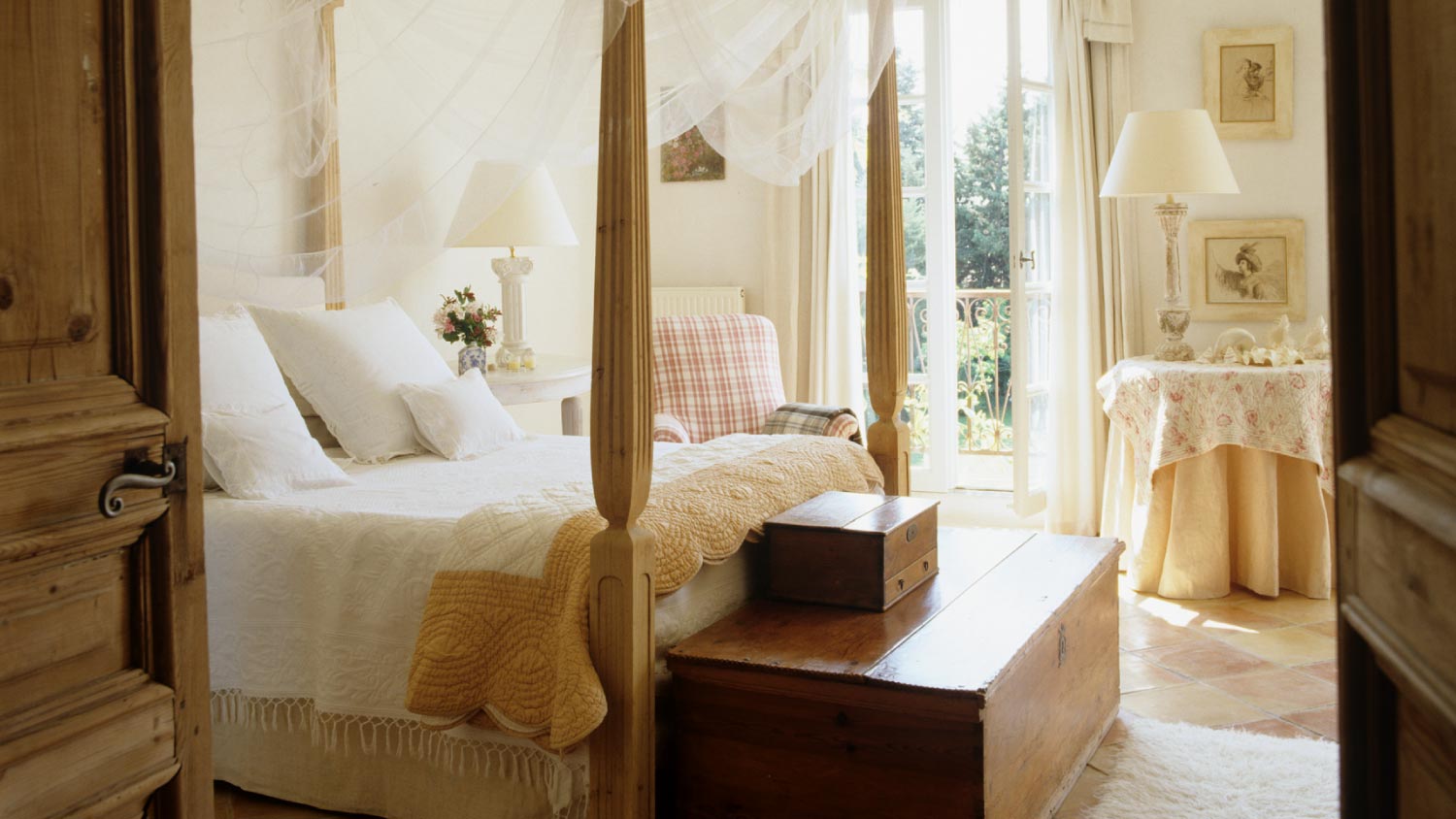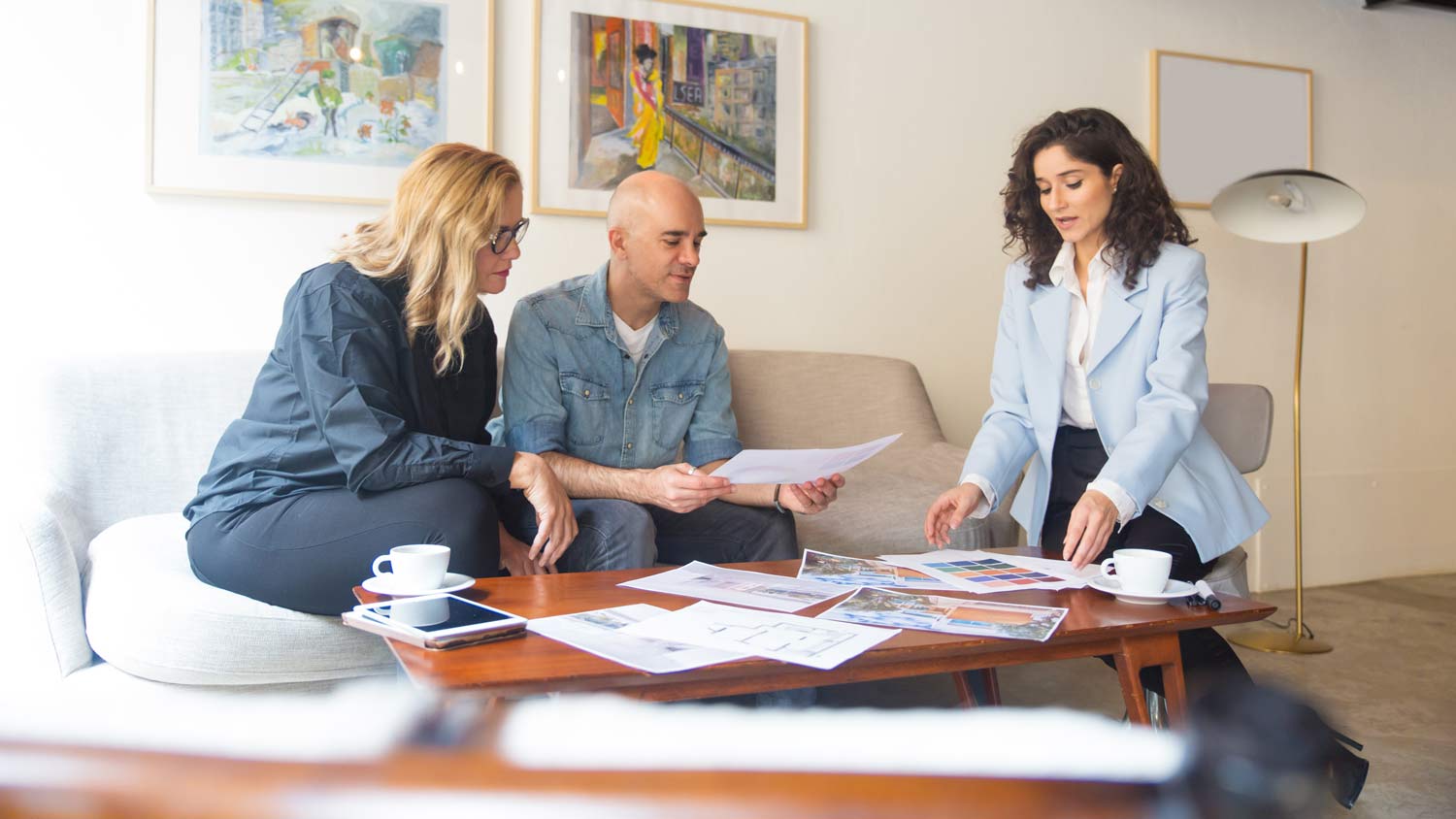What to Know About Renaissance Interior Design, the Chic Style That May Be Hiding in Your Home Already
Renaissance design is always having a renaissance


Renaissance home design focuses on symmetry, balance, and ornate features.
Vaulted ceilings, marble floors, and four-poster beds are easy ways to incorporate this style into your home.
You can also add art in the form of murals and wallpaper.
When you think of the Renaissance, you may think of the modern festivals where people dress up in royal garb and joust, or maybe even the beautiful art pieces of the time that dot museums today. And though the Renaissance, with all of its opulent features, may not seem like it has a place in modern abodes, you may be surprised just how many elements of Renaissance interior design are already hiding in your home.
Let’s take a look at Renaissance-style home decor, what makes it unique, and how you can incorporate it into your own home.
Key Elements of Renaissance Interior Design

This interior design style, as you may have guessed, is heavily influenced by the art and home style of the Renaissance time period. This period—from the 14th century to the 17th century —was categorized by vast strides in art, politics, architecture, and more.
You’ve probably seen plenty of art and design from the period in museums and films (the Mona Lisa and the Sistine Chapel’s ceiling were both created during this time, to name a few). Renaissance design, especially in the home and in public buildings, takes inspiration from ancient Greek and Roman design but with its own unique spin. To learn more, we’ve broken down some of the most important aspects of Renaissance interior design below:
Symmetry: Keeping things aligned and symmetrical is one of the most important elements of Renaissance interior design. You’ll find this principle illustrated in the form of columns, arches, and layouts that mirror each other and create pleasing and harmonious proportions in rooms and even entire homes.
Geometric design: Similarly, Renaissance building design featured symmetrical geometric shapes. You’ll often see perfectly rectangular windows, doors, and even buildings in this style.
Open space: Keeping with the theme of proportions, Renaissance interior design focuses on making rooms feel open and bright. You’ll find massively high ceilings and even domed tops in many buildings of this style.
Ceiling design: If you look up to catch a glimpse of those high Renaissance-style ceilings, you’ll often be in for a treat. Yes, in important buildings, you’ll often see gorgeous murals and art pieces on ceilings and domes, but even in smaller estates, ceilings are treated as art. Keep an eye out for beautifully designed stucco, coffered ceilings, and other geometric designs that quietly pull focus when you look up.
Ornate details: When it comes to actual interior design, Renaissance style means beautifully crafted and intentional pieces. Gilded furniture is welcome here, as are embroidered textiles. However, thanks to the focus on an open and airy design theme, rooms of this style are never crowded with furniture.
Cohesive elements: In keeping with the theme of symmetry, Renaissance design should allow a room to feel put together. Each design element should complement each other, with the fresco wall pairing perfectly with the colors of the furniture, for example, and nothing out of place or clashing. You should feel like the room flows perfectly with this design style.
How to Incorporate Renaissance Interior Design Into Your Home

After reading a bit about Renaissance design, you may assume that it’s limited to sprawling estates in Rome and furniture behind the glass in museums. However, much of Renaissance architecture and design is still immensely popular today and has influenced many features that may already be hiding in your home.
If you’re looking to channel a bit of your inner Renaissance muse, try out some of these design ideas:
Vaulted Ceilings
It probably doesn’t surprise you that sky-high vaulted ceilings made the list after learning about the pillars of Renaissance decor. If you’re in the market for a remodel, cathedral ceilings are a timeless home feature that has been beloved for centuries. Speaking with a local home remodeling pro can help you achieve this look in your very own estate.
Chandeliers
Even if you don’t have a high ceiling, you can still achieve a royal look with a beautiful chandelier in your home. Choose classic lighting styles or a more modern chandelier to bring this fixture into the 21st century. A local handyperson can safely install your chandelier, too, so you don’t have your very own “Phantom of the Opera” moment.
Murals and Other Big Art Pieces

The Renaissance period was all about art, so it makes sense to incorporate it into your home in a big way. Unless you’re super talented with a paintbrush and want to get up on the ceiling to create your next big piece, adding a beautiful and oversized mural to your wall can be a great way to add an artsy touch to your space. You can even go for a patterned wallpaper for a bigger impact.
Opulent Furniture
If you’ve been eyeing that couch with the curved back and ornate legs, you might love Renaissance home decor. Adding a few furniture pieces with metallic accents, gorgeous patterned upholstery, or intricate carvings can be a great way to add this style to your home.
Four-Poster Beds
If you’re looking to feel like royalty, there is possibly no quicker route than to add a four-poster bed to your room. These beds rose to popularity during the Renaissance period and are still very much around today. The best part is you can choose from a variety of materials, making this Renaissance-inspired furniture piece fit with any other design style.
Beautiful Flooring
Does anything pair better with gilded furniture and over-the-top art than marble floors? Choose a detailed or patterned flooring type like marble or even tile to bring interest and a historical elegance to the room.
Minimalism
The minimalist design style as we know it today may be full of neutral colors and modern pieces, but that isn’t the only way to channel its purpose. Choose a few beautifully designed furniture pieces and accessories for your room that fit together and keep the rest of the room open and sparse.





- All of the Home Trends We Expect to See Everywhere in 2022
- What’s Your Home Decor Style? Find Out Which Popular Interior Design Is the Perfect Fit
- 8 ‘50s-Inspired Home Decor Ideas That Are the Bee’s Knees
- How to Build a House: Your Complete Guide to the Home-Building Process
- 12 Tips to Make Your Home Look Expensive From Actual Pros
- Avoid These 7 Common Interior Design Mistakes
- Don't Miss These 10 Home Decor Styles Making the Leap Into 2022
- Heighten Your Home's Luxury Level with These 10 Designer-Approved Tips
- 9 Western Ranch-Inspired Home Accents You’ll Love If You’re Obsessed With ‘Yellowstone’
- What to Expect When Beginning the Interior Design Process














